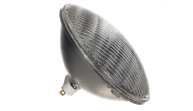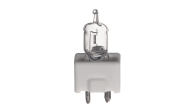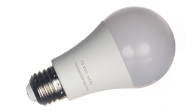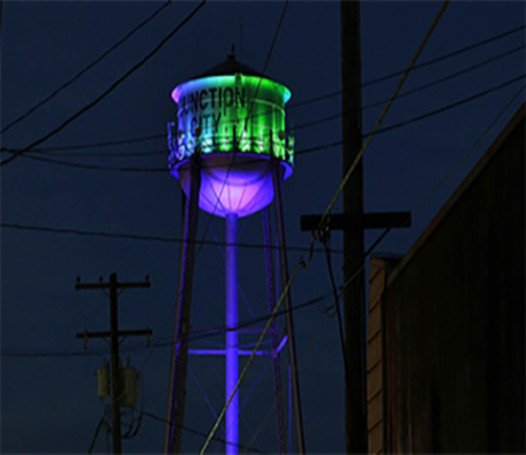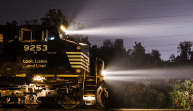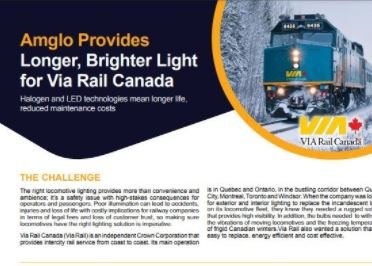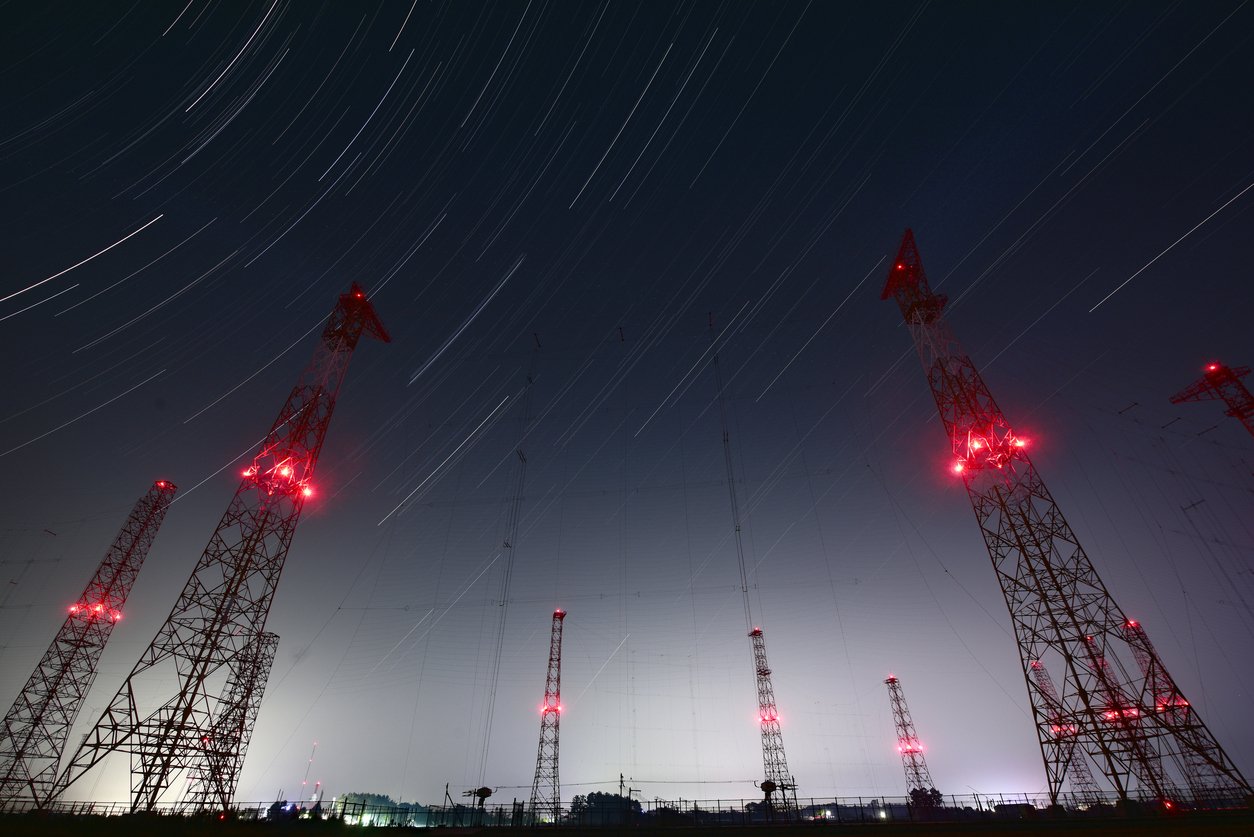
Obstruction Lighting Considerations for a Facility’s Safety and Compliance
Our recent article published in Facility Executive pointed out the crucial role of maintaining quality lighting for the interior and exteriors of buildings for protecting a building and its occupants. Certain buildings are required by the FAA to include obstruction warning lighting to enable aircraft to see your structure in different conditions both by day and night. Because obstruction lighting systems require qualified regular maintenance to guarantee that facilities stay up-to-code, there are a few considerations to know when choosing the right obstruction lighting for a facility. Here are three:
Reliability and lamp lifetimes are critical. While you may be able to change the lighting on some roof decks, other buildings may have lighting outfitted on a building’s sides or on a high tower installed on a roof, requiring a professional service to change out the lighting or perform maintenance, which is another reason choosing lighting that lasts long and operates in many conditions makes economic sense. Amglo’s xenon flashlamps have been proven to last for years before requiring a change out. These lamps offer five to seven and a half million flashes, with some having a life of over 10 million. This makes lamp changeouts much less frequent and less expensive.
The intensity of the flash. Obstruction lights must provide the necessary bright flashes on structures elevated from 150-250 feet to 500 feet and higher, depending on how close the structure is to an airfield. Some buildings may use xenon flashlamp high intensity strobes (also known as high intensity obstruction lighting), which is important for plane or helicopter pilots to be able to see these obstructions by day or night, in foggy, stormy or other dark conditions.
Compliance with FAA regulations. Obstruction lighting has very stringent light output requirements. According to the Federal Aviation Administration (FAA), all structures exceeding 200 feet above ground level (AGL) must be appropriately marked with tower lights or tower paint. In addition, the Federal Communications Commission governs monitoring requirements for airport obstruction lights. Amglo’s xenon lamp series for obstruction towers meet and exceeds the industry’s stringent light output requirements, which is a result of Amglo’s internal process controls that ensure consistent photometric performance.
Building safety is certainly one of the most critical parts of facility management, and proper lighting in all areas is part of that goal. We invite you to discover why quality xenon flashlamps are an easy, economical way for your building to remain up-to-code while providing years of maintenance-free, cost-effective obstruction lighting.
Download our Obstruction Lighting catalog here: https://amglo.com/applications/obstruction


